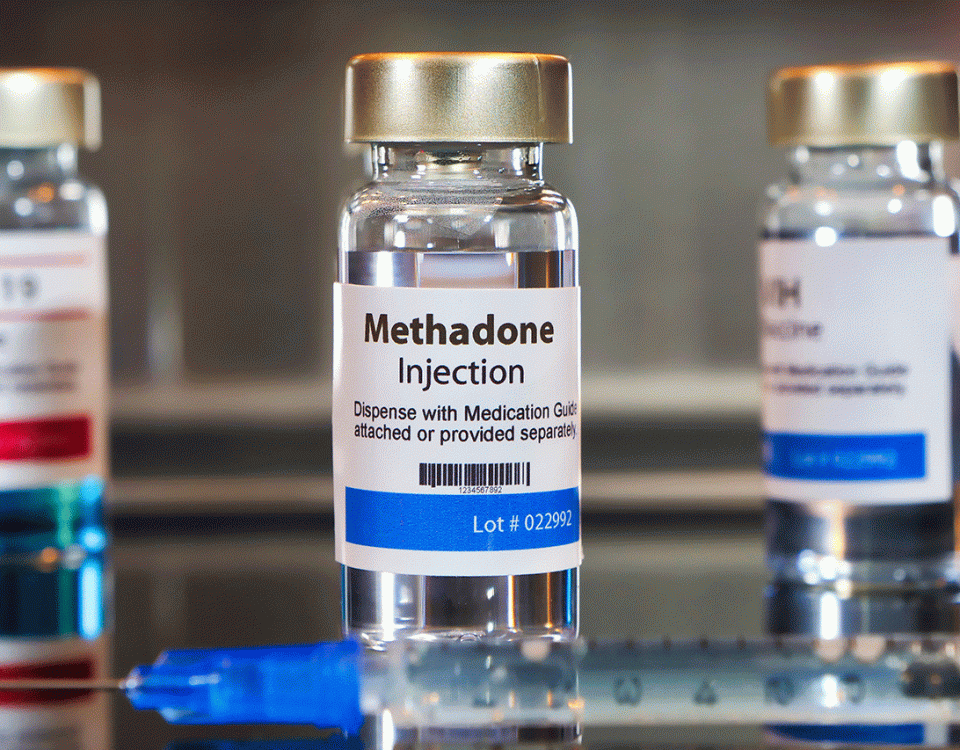Drugs can come with a plethora of strange side effects, especially those that are illegal. What if a drug led you to think that everyone was a robot or that your skin was covered in insects? Wouldn’t you stop?
The obvious answer is yes, but even with the most uncomfortable and dangerous symptoms, our Pompano Beach drug rehab knows all too well that this usually doesn’t keep drug addicts from getting their fix. While symptoms like increased energy and focus are well-known, a concerning phenomenon known as meth mites is absolutely something to be wary of before trying methamphetamine. If allowed to persist, this form of drug abuse can continue to destroy all aspects of a person’s wellness, including both their physical and mental health.
Facts About Meth
Meth, or methamphetamine, is a drug that stimulates the central nervous system. Meth was originally developed for medical purposes, but it has a highly addictive nature and strong potency, making it dangerous for everyday use. Although it may still be prescribed by a doctor on occasion, meth is mostly sold on the street and abused illegally. Meth typically comes in the form of a white powder that can be smoked, snorted, or injected. Crystal meth is a specific type of meth that comes in glass-like fragments and has similar effects. In 2017 about 1.6 million people in the United States had used meth within the past year.1
Most people take meth for the immediate rush of euphoria it provides, but meth also comes with several short-term side effects like increased energy, rapid heartbeat, decreased appetite, and increased wakefulness. Along with these seemingly harmless side effects, there are several physical side effects of meth that can lead to an unsightly physical appearance, like meth sores from meth mites.
What Are Meth Mites?
Meth mites, meth bugs, ice mites, or crank bugs are the names designated for the imaginary bugs that methamphetamine users believe are on and under their skin while on the drug. Meth mites are a result of a hallucination specifically called formication that is perceived through a sense of touch and sometimes sight. This sensation is so overwhelming that meth users will engage in intense itching and skin picking to try for relief.
Research on the frequency of the occurrence of meth mites in users varies, but between 26 and 46% of meth-dependent individuals have experienced meth-associated psychosis, which may include formication and meth bugs. These numbers are higher for meth-dependent individuals than occasional users.
What Do Meth Sores Look Like?
The appearance of meth sores will depend on several factors, including the severity of skin picking, the frequency of itching, the duration of time the meth sores have been present, and the presence of infection. Meth sores can range from small red dots to severe scabs that have become infected. They may also look like rashes, cuts, scars, or scabs that someone has scratched at. The imperfections can range in severity and size but are clearly irritated parts of the skin. When these meth sores become infected, they may develop into dark and swollen blisters. On the face, in particular, meth sores often look like acne. Some meth users who smoke may also develop meth sores on and inside their lips that are similar in appearance to canker sores or cold sores and are one of the telltale signs of meth mouth.
Why Do Meth Mites Occur?
The sensation of these creepy crawlers on the skin is part of a hallucination experienced by some meth users that is known more formally as formication. Scientists believe that formication during meth psychosis may occur for a few reasons.
The most common explanation involves sweat. One of the side effects of meth is excessive sweating from increased body temperature. A person on meth will not only sweat more, but the presence of meth creates a chemical imbalance in their sweat. Their sweat now has an enzyme that removes the layer of protective oils found in normal sweat. When the sweat dries, it leads to incredibly dry skin and severe dehydration. Together, these symptoms can lead to the belief that bugs are crawling under your skin and causing a strong desire to itch.
Another contributing factor to these crystal meth crank bugs is sleep deprivation. Sleep is important for several reasons, but lack of sleep may also lead to hallucinations. Meth users also go on binges and may not sleep for several days. Research shows that after 2 days without sleep, complex hallucinations may start to form. Especially if the skin is already dry or the user is privy to the idea of meth mites, these hallucinations may easily lead to formication.
Because frequent meth users may suffer from malnutrition, their body and skin may lack the necessary nutrients that keep the skin healthy and prevent the epidermis from drying out. This dry skin can make itching more frequent and common, especially in a drug-induced state.
What Are the Health Effects of Meth Sores?
In order to try and alleviate the itch from these perceived meth mites under their skin, meth users will begin to pick and scratch at their skin, sometimes unknowingly. All of this skin picking leads to meth sores and even scabs all over their bodies. Meth addiction treatment at our Pompano rehab is necessary to get the addict to stop itching as well as proper cleaning of these marks. Otherwise, these meth sores can often get so bad that they become infected.
Minor skin infections may lead to pain or tenderness in the afflicted areas. Without proper care and treatment, these infections can spread and become more severe. Signs of a more severe skin infection include pus-filled or dark blisters, as well as dark, discolored skin that is painful. In some cases, these skin infections may affect the bloodstream and, at this point, can become life-threatening if not treated.4 If your meth sores are painful, warm, dark, or swollen, seek immediate medical attention.
Along with the potential health dangers related to meth sores, long-term meth use can lead to severe organ damage that can also be fatal.
How to Get Rid of Meth Mites & Meth Sores
The obvious answer to get rid of meth mites and to stop yourself from unnecessary skin picking is to quit taking meth. Because of its addictive quality, this can be hard to do on your own. A professional treatment program like our M could help you quit for good, but you will still need to address the cosmetic damage that your methamphetamine addiction left behind.
If the meth sores are infected, you will need immediate medical attention to stop the infection. If infected, meth sore treatment may include antibiotics or draining the pus from the blisters. Other meth sores may require the help of a dermatologist. They will be able to prescribe any necessary medication or creams that can help with the healing process as well as disinfecting solutions to avoid infection. Otherwise, treating meth sores may involve simply waiting for them to heal on their own. Exactly how long meth sores will last depends on their severity and their care. Because long-term meth users may have weakened immune systems, the healing process may take longer than normal. Your dermatologist will be able to give you a better estimate.
Why Does Meth Cause Hallucinations?
Whether or not they result in meth mites, methamphetamine-induced hallucinations can be vivid, powerful, and unsettling, frequently leading to a condition of altered reality perception. Meth and hallucinations often coincide for a number of reasons.
First, methamphetamine changes the brain's levels of neurotransmitters, especially dopamine. It alters the normal chemical equilibrium in the brain by boosting the release of dopamine and decreasing its reuptake. This variation in dopamine activity has the potential to cause sensory perception alterations and hallucinations.
Second, using meth can result in a condition where you are sleep deprived and awake for a long time. Lack of sleep has a significant impact on how the brain functions and can cause meth hallucinations. Hallucinatory experiences are more likely when dopamine levels are high, brain chemistry is changed, and sleep is lacking.
The severe mental condition known as psychosis, which is marked by delusions, hallucinations, and disorganized thinking, can also be brought on by methamphetamine. Long-term meth use can alter the structure and function of some brain regions, including those responsible for perception and cognition. Drug-induced psychosis, which includes hallucinations among its symptoms, is brought on by these alterations.
Even with its problematic health problems, meth is one of the most commonly abused stimulants in the world.5 Whether or not you have experienced meth mites yourself, meth use of any kind is dangerous. At Banyan Treatment Centers Pompano, we want to help people just like you overcome their addictions and regain control. No more needless itching or wondering when your next hit will come.
If you or someone you love is looking for a Pompano Beach rehab center, let us help. To get started on your recovery and to learn more about our programs, call us today at 888-280-4763.
Sources:
- NIH - What is the scope of methamphetamine misuse in the United States?
- NCBI - Methamphetamine-Associated Psychosis
- NCBI - Severe Sleep Deprivation Causes Hallucinations and a Gradual Progression Toward Psychosis With Increasing Time Awake
- CDC - Skin Infections
- National Institute on Drug Abuse - Methamphetamine
Related Reading










